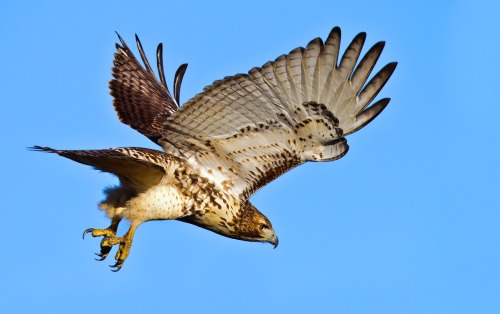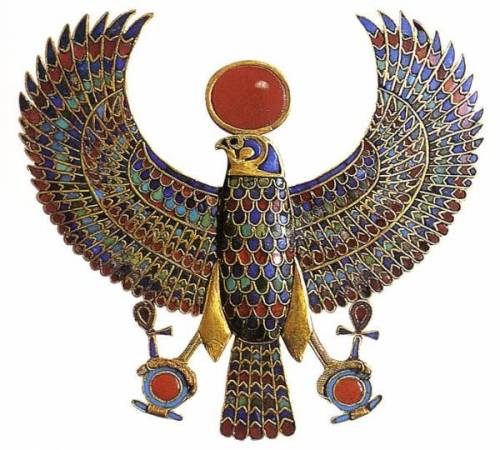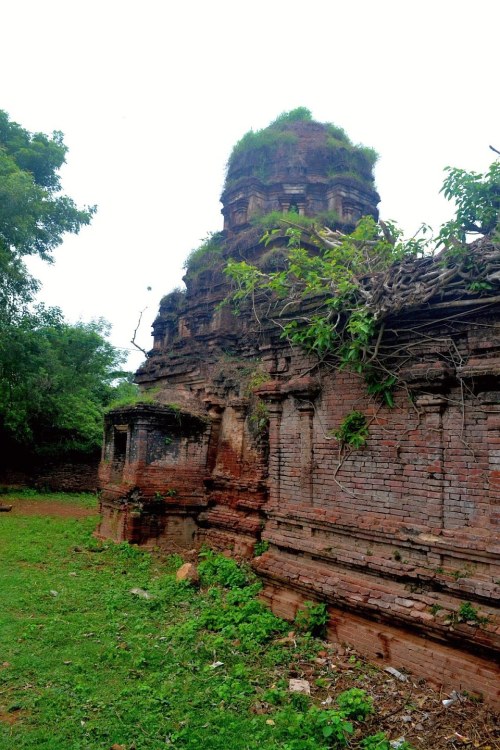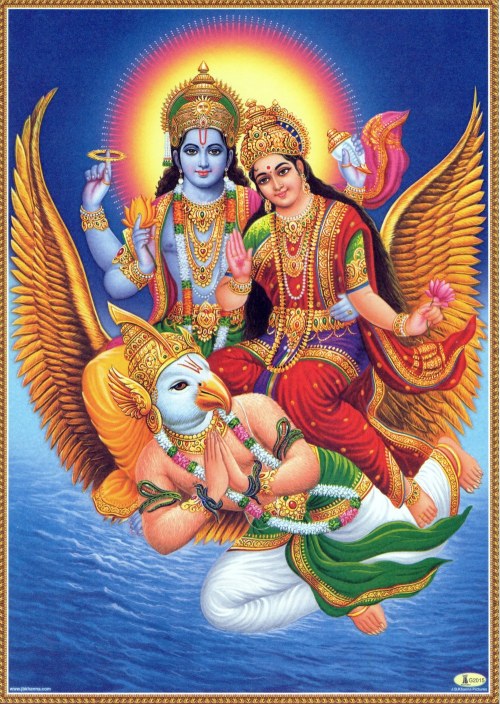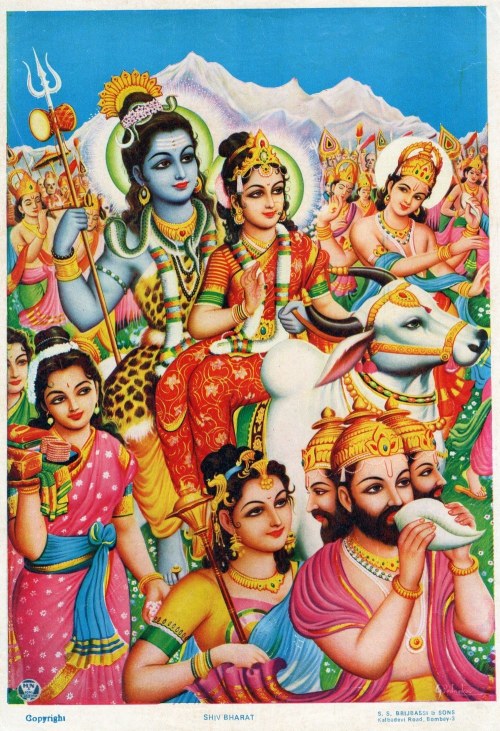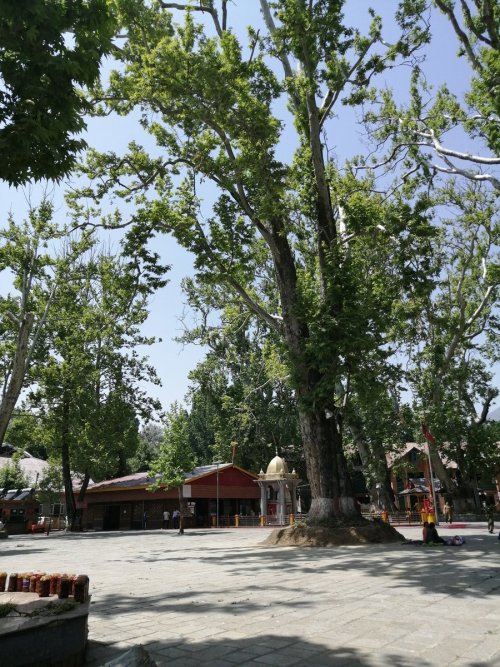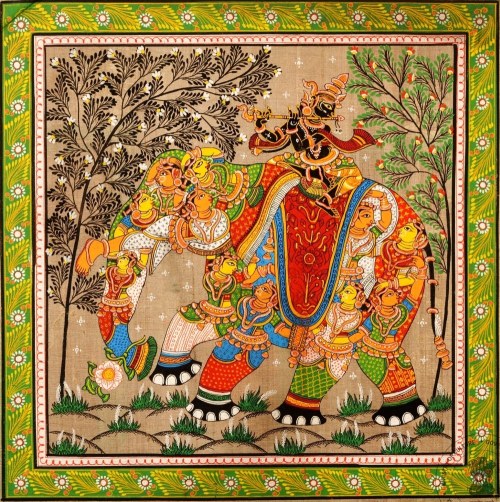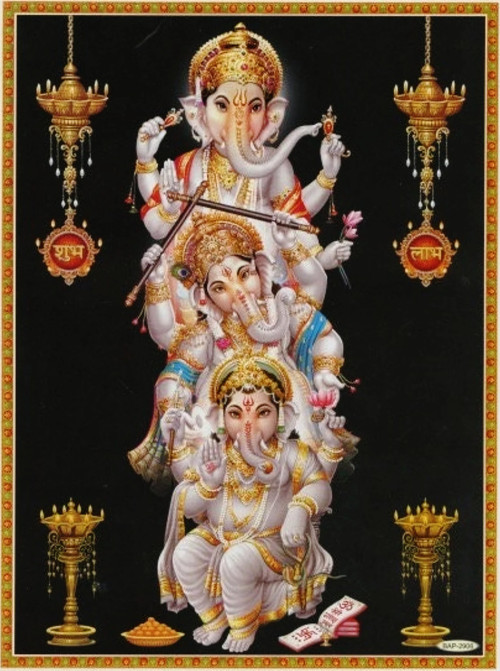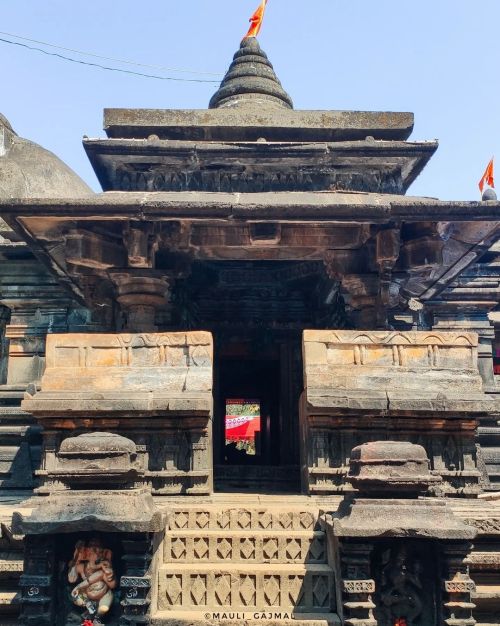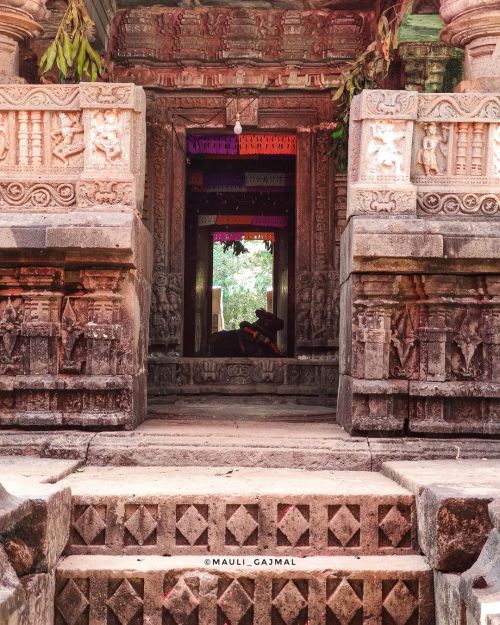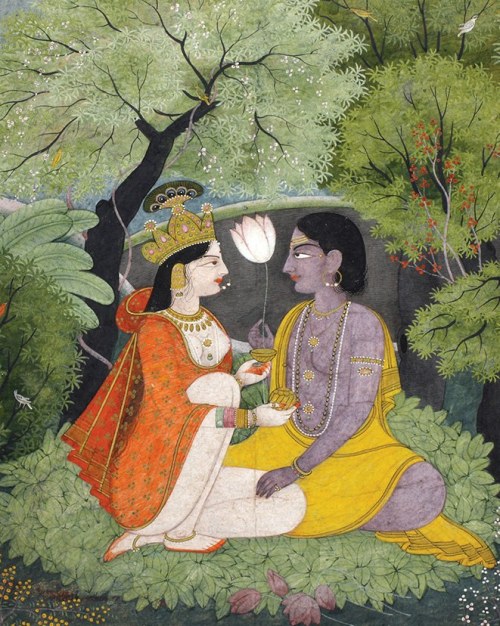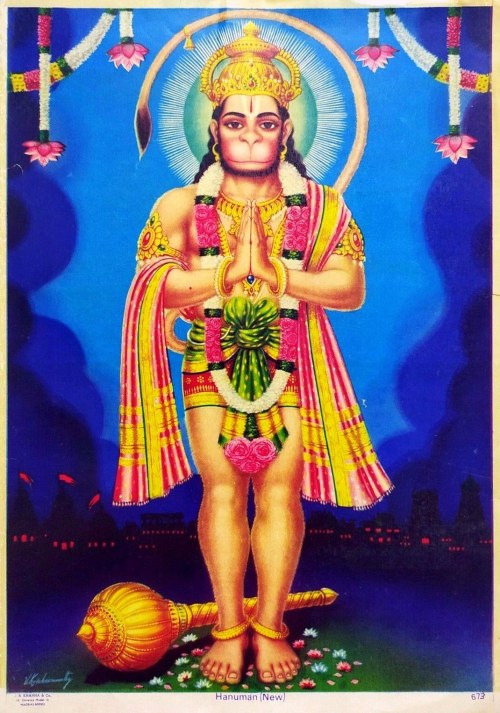#hinduism

Just finished Kali demon three days ago. The full version can be seen on my Instagram and Ko-fi accounts.
This lady is really really sweet. She love snakes and jewelry especially if they are made out of human bones .
I had to really get creative with her body markings. And before anyone says anything, yes I know Kali is a respectable Hindu goddess and not a demon. This is just a Kali themed demon. But I like to think it’s her holding her husband Shiva in snake form.
IRON
Energy: Projective
Planet: Mars
Element: Fire
Deity: Selene
Associated Stones: Quartz Crystal, Holey Stones
Associated Metals: Lodestone, Meteorite
Powers: Protection, Defensive Magic, Strength, Healing, Grounding, Return of Stolen Goods
Magical/Ritual Lore:
Because iron is seldom found in pure form except in meteorites, the earliest iron available for use by humans was obtained from these strange celestial objects. Meteorites, which were observed falling from the heavens, were used to make simple tools, supplementing bone and stone implements by earlier humans.
Throughout most of the world, humans eventually learned how to remove iron from its ore, which made it available for wider use.
Once this occurred, it was soon limited to purely physical applications and was restricted in magic and religion. In ancient Greece, for example, no iron was brought into the temples. Roman priests could not be shaved or scraped with iron during bodily cleansing.
Ireland, Scotland, Finland, China, Korea, India, and other countries have severe taboos against iron. Again and again in ancient rituals fire was made without iron, altars built without its use, and magical rituals performed only after divesting the body of all traces of the metal.
Herbs were usually collected with non-iron knives, owing to the belief that the vibrations of this metal would “jam” or “confuse” the herb’s energies.
The Hindus once believed that the use of iron in buildings would spread epidemics, and, even to this day, a gift of iron in any form is thought by some to be unlucky.
However, iron did have its place in magic. Specifically, it was worn or used in protective rituals. Its powerful, projective vibrations were thought to be feared by demons, ghosts, fairies, genii and other fantastic creatures.
In China, dragons were thought to fear iron. When rain was needed, pieces of the metal were thrown into “dragon pools” to upset the creatures and send them into the sky in the form of rain clouds.
In old Scotland, iron was used to avert danger when a death had occurred in the house. Iron nails or knitting needles were thrust into every item of food-cheese, grain, meat and so on-to act as a lightning rod, attracting the confusing vibrations that death may arouse
within the living and thus sparing the food of possible contamination.
Classical Romans drove nails into their house walls to preserve their health, especially during times of plague.
Because of its protective effects iron was sometimes thought, conversely, to be sacred, and thieves in ancient Ireland wouldn’t dare to steal it.
Magical Uses:
Iron-pure projective power, active, seeking, blinding, confusing, guarding.
For heavy protection, place small pieces of iron in each room of the house or bury at the four comers of your property. In earlier times, iron fences were sometimes used to halt the flow of negativity into the home.
During protective or defensive magic, wear an iron ring engraved with the symbol of Mars. Or, obtain a three-inch thick white candle and eight old iron nails. Warm the nails by a fire (or in a red candle's flame), then thrust each into the white candle in a random pattern. Light the nail-studded candle and visualize yourself as guarded, protected, secure.
Wearing iron or carrying a small piece of this metal enhances physical strength and is an excellent talisman for athletes.
Iron is also used during healing rituals. A small piece is placed beneath the pillow at night. This was originally done to scare away the "demons" that had caused the disease but can be thought of as strengthening the body’s ability to heal itself.
Iron rings or bracelets are worn to draw out illnesses from the body. This dates back to at least ancient Roman times.
A curious ritual from Germany to cure toothache: Pour oil onto a piece of heated iron. The fumes which rise from the iron will act on the problem.
In old Scotland, healing stones-quartz crystals or holey stones were kept in iron boxes to guard against supernatural creatures who might steal them.
Iron is also worn for grounding, for closing down the psychic centers, and for impeding the flow of energy from the body. This, of course, isn’t the best during magical ritual but is fine when the subject is under psychic or emotional attack, is physically depleted or wishes to focus on physical matters.
Iron horseshoes and the nails that attach them to the hooves are ancient magical tools. They might have first been used in ancient Greece, where they were called seluna and were associated with the Moon and the goddess Selene.
A horseshoe hung in the home over the front door confers protection.
While theories differ as to the “proper” way to hang the horseshoe, I always place it points up. Ideally, it is to be nailed with three of its original nails.
An old iron horseshoe nail is sometimes bent into a ring (if you can find one long enough) and worn for luck and healing.
If you have had something stolen from you and have a fireplace handy, try this spell. Take a horseshoe nail that you’ve found by chance. Drive this into the fireplace, visualizing the stolen object returning to your home. It is done.
There are still magicians and Wiccans who remove all traces of iron from their bodies before working magic, but this custom is fading into oblivion.
Post link
Hawk
A solar bird with much the same symbolism as the eagle; it is an attribute of all sun gods and represents the heavens; power; royalty; nobility.
Like the eagle, it was regarded as being able to fly up to the sun and gaze on it without flinching.
Gods with a hawk, or hawk-headed, are sun gods.
Aztec: A messenger of the gods.
Egyptian: The royal bird; the Spirit; the soul; inspiration; the Bird of Khensu; Ra, the sun. Other gods with hawks, or hawk-headed, are Ptah, Horus, Mentu, Rehu, Sokar, Kebhsenuf. The hawk-headed crocodile is Sebek-Ra; the sphinx is sometimes hawk-headed. The hawk is also an emblem of Amenti, Great Mother and goddess of the West and the underworld.
Graeco-Roman: The ‘swift messenger of Apollo’; attribute of Circe.
Hindu: Gayatri, the hawk, brought soma from heaven. The hawk is also a vehicle of Indra.
Iranian: An attribute of Ahura Maxza, or Ormuzd, as light.
Mithraic: An attribute of Mithra as sun god.
[Source: An Illustrated Encyclopedia of Traditional Symbols by J.C. Cooper]
Post link
Ganesha with Consort
circa 1825. Kangra, India. Pahari painting. 18 x 15 cm
️ National Museum, New Delhi
Four armed Ganesh is seated on a lotus against a big cushion with his wife. His upper right and left hands are holding axe and spear, while from lower left hand he is holding his consort and from the lower right hand eating a laddu (modaka) from a plate held by his consort. In the foreground, left and right corner a bowl of fruits and golden utencils of water are kept. Lord Ganesh and his wife have a halo behind their heads.
(viaMuseums of India - National Portal and Digital Repository)
Post link
Mangudi Sri Sivalokanadhar temple
Mangudi Village, Tenkasi District, Tamil Nadu
Saigeetha wrote :
I posted a thread on its sthala purana during Jan. Please read to know about the greatness of this temple which is in ruins now. Unfortunately HR&CE is turning a blind eye as our places of worship are being systematically erased.
(via Twitter: Saigeetha @Saigeet36566874)
Post link
Small Island Temple at Thanjavur Shivaganga Park
Hot day, 27 may 2018 (via Instagram: ItZel Ch @esloquehay_photo)
Post link
Shiv Bharat
Shiva and Parvati in procession upon the bull Nandi.
1970s. Artist: L. Pednekar. Publisher: S. S. Brijbasi & Sons, Bombay.
(via Etsy: EasternImage)
Post link
Mata Kheer Bhawani, Tulamula, Kashmir
Kashmiri Hindu @Battakashmiri wrote :
नमस्तस्यै नमस्तस्यै नमस्तस्यै नमो नमः॥
Blessed to attend the Aarti today at Mata Kheer Bhawani, Tulamula, Kashmir.
(via Twitter: Kashmiri Hindu @Battakashmiri)
Post link
Kandarpa Hasti
It is a scroll painting of Lord Krishna seated on an elephant depicts eleven female figures. Floral borders are present around four sides.
21st Century. Raghurajpur, Puri, Odisha, India.
Now in Indian Museum, Kolkata
(viaMuseums of India - National Portal and Digital Repository)
Post link
Karneshwar Temple, Sangameshwar, Ratnagiri, Maharashtra
Dnyaneshwar Gajmal @mauli_gajmal wrote :
Sangameshwar is a sacred religious site located at the confluence of Alaknanda, Varuna and Shastri rivers in Ratnagiri district. In the Sahyadri continent, this region is called Ramakshetra.
In the 7th century, the Chalukya king Karna established his capital at Sangameshwar from Karveer, Kolhapur. Later, a large rampart was built around the village and temples and palaces were erected. The Basavas of the Lingayat community lived in Sangameshwar in the twelfth century, while Bijapuri ruled in the sixteenth century. In the 17th century, Sheikh Mukarrabkhan had imprisoned Chhatrapati Sambhaji Raja in Sangameshwar in an unconscious state.
The temple was declared a state protected monument by the Archaeological Department in 2012. It is not enough to appreciate the craftsmanship of the sculptors who built this temple. The surroundings of this temple in Sangameshwar are very quiet and beautiful. The temple is beautifully carved. The ancient sculptures of Mahadwar, Main Mandap, Nandi Mandap and Ashtabhairav, Dwarpal, Shankar, Dev-Danav, Yaksha, Kinnar, Nrityangana carved on the walls stand before us.
The area is known as Kasba Sangameshwar and beautiful sculptures can be seen in various Hemadpanthi temples here.
(via Instagram: Dnyaneshwar Gajmal @mauli_gajmal)
Post link
Lila Hava – Exchange of Clothes
18th century. Garhwal, Uttarakhand. Miniature Painting. 20.4 x 21.6 cm
Founded in 1658 the Gaharwal atelier became dominated by Molaram (1743-1843) who produced some brilliant paintings filled with life and colour and resonant of Krishna.
The painting shows Radha and Krishna seated in the solitude of the forest enjoying the ecstasy of love. Radha fully immersed in the shringara rasa is wearing just a translucent odhani. The amorous play of the couple has reached its fulfilment and now Radha, whose inner soul is already united with her beloved is eager to change her outer appearance “you become Radha and I will become Madhava!” She has crowned herself with the mukuta of Madhava (Krishna) and now doing shringara of Krishna. Their love-drenched eyes are completely lost in each other.
The artist seems to have understood the philosophy of the theme very well. The lush green forest with a few blossoms and a few chirping birds are the only witnesses to this divine drama. The bluish-grey background suggests the advent of dawn.
(viaCSMVS Mumbai)
Post link
Baba Kedarnath
Vedio by Mahesh Painuli (via Instagram: Rural_nomad)
Hanuman
Lord Hanuman Folding Hands With a Gada Besides His Legs.
Artist: V. Krishnamurty. Publisher: J.B. Khanna & Co., Madras.
(via eBay: Auctionz_unlimited)
Post link
Gajapati (ଗଜପତି) @Vadkri wrote :
This is one of the longest festival observed at Jagannatha temple, Puri. Which continues for 42 days, where the utsava murti Madanamohana along with Bhu, Sridevi are taken on two chapas (boats), namely Nanda and Bhadra, on an excursion around the Narendra puskarini.
(via Twitter: Gajapati (ଗଜପତି) @Vadkri)
Post link
Panchamukha Ganesa
18th century. Kangra. Pahari painting. 20.32 x 13.97cm
Now in Allahabad Museum, Allahabad
Picture shows five headed Ganesh (Panchamukha) seated on the base of lion.
(viaMuseums of India - National Portal and Digital Repository)
Post link


